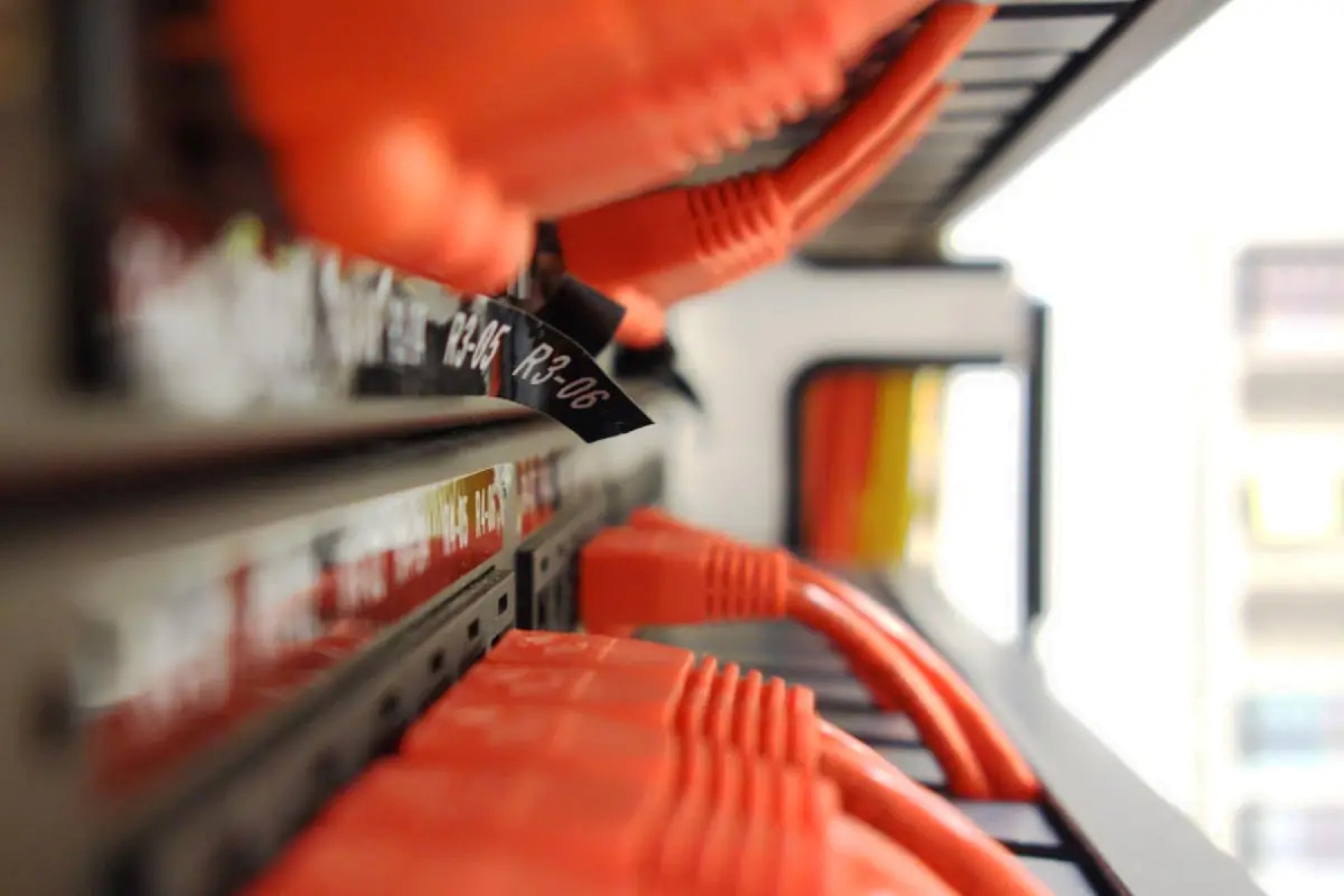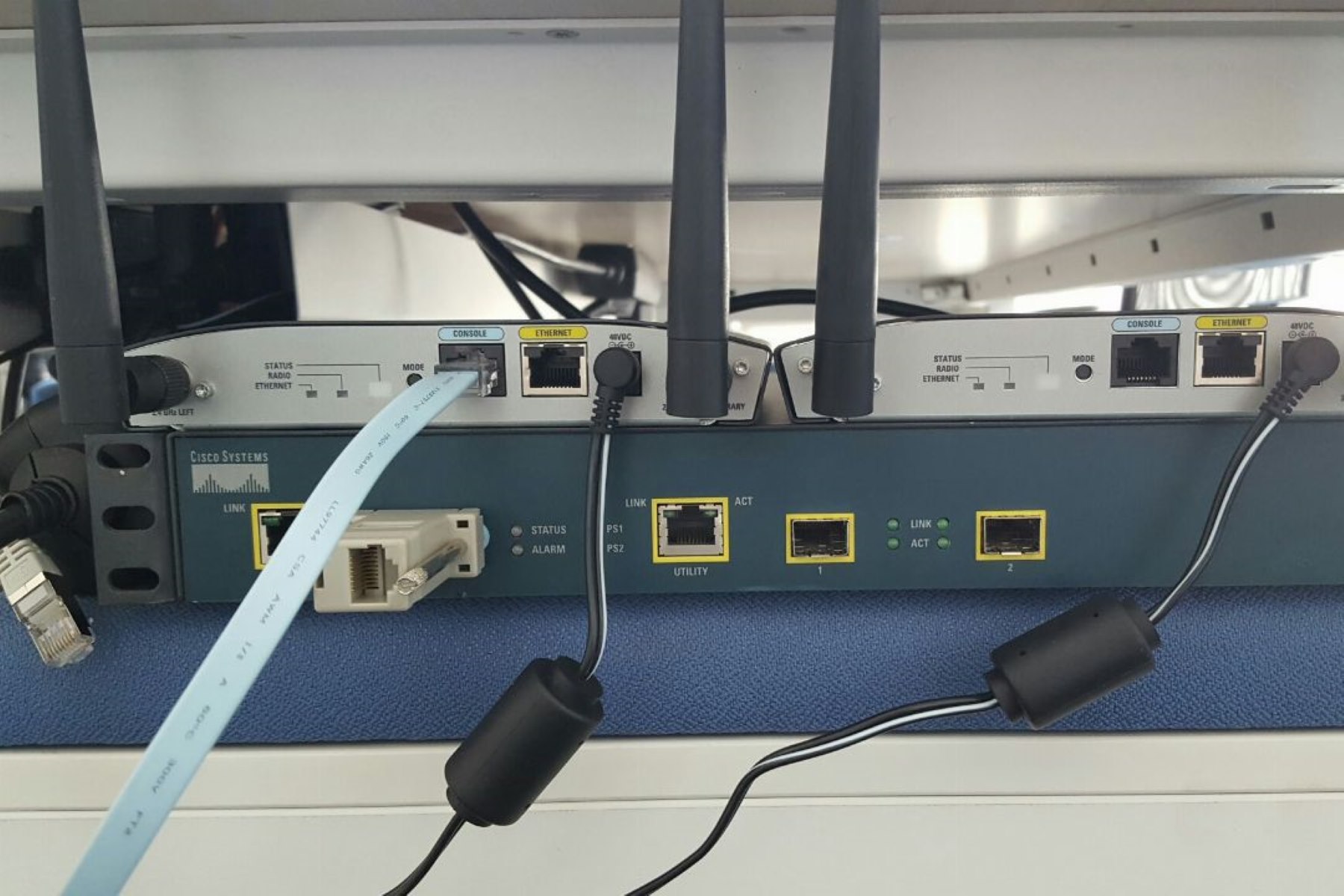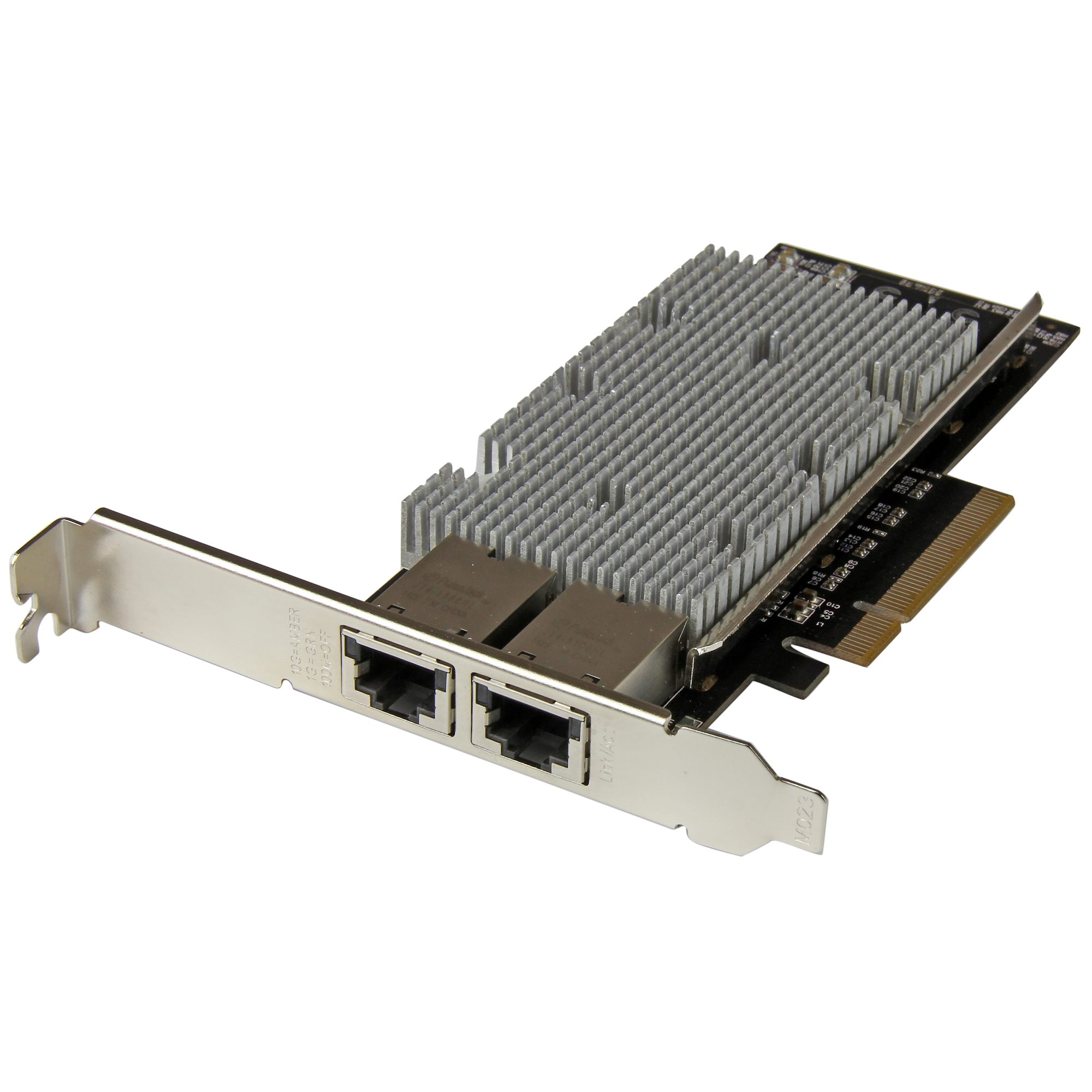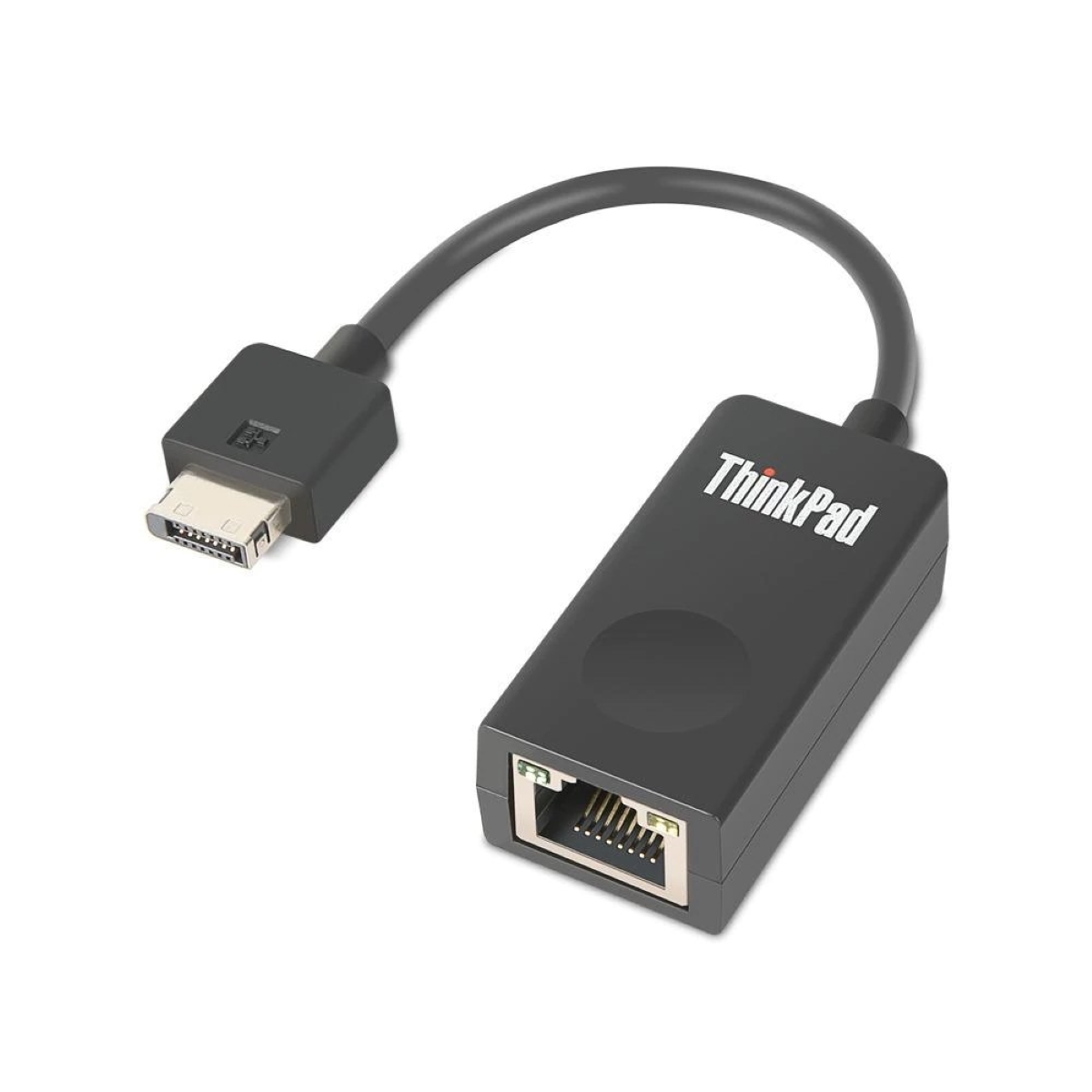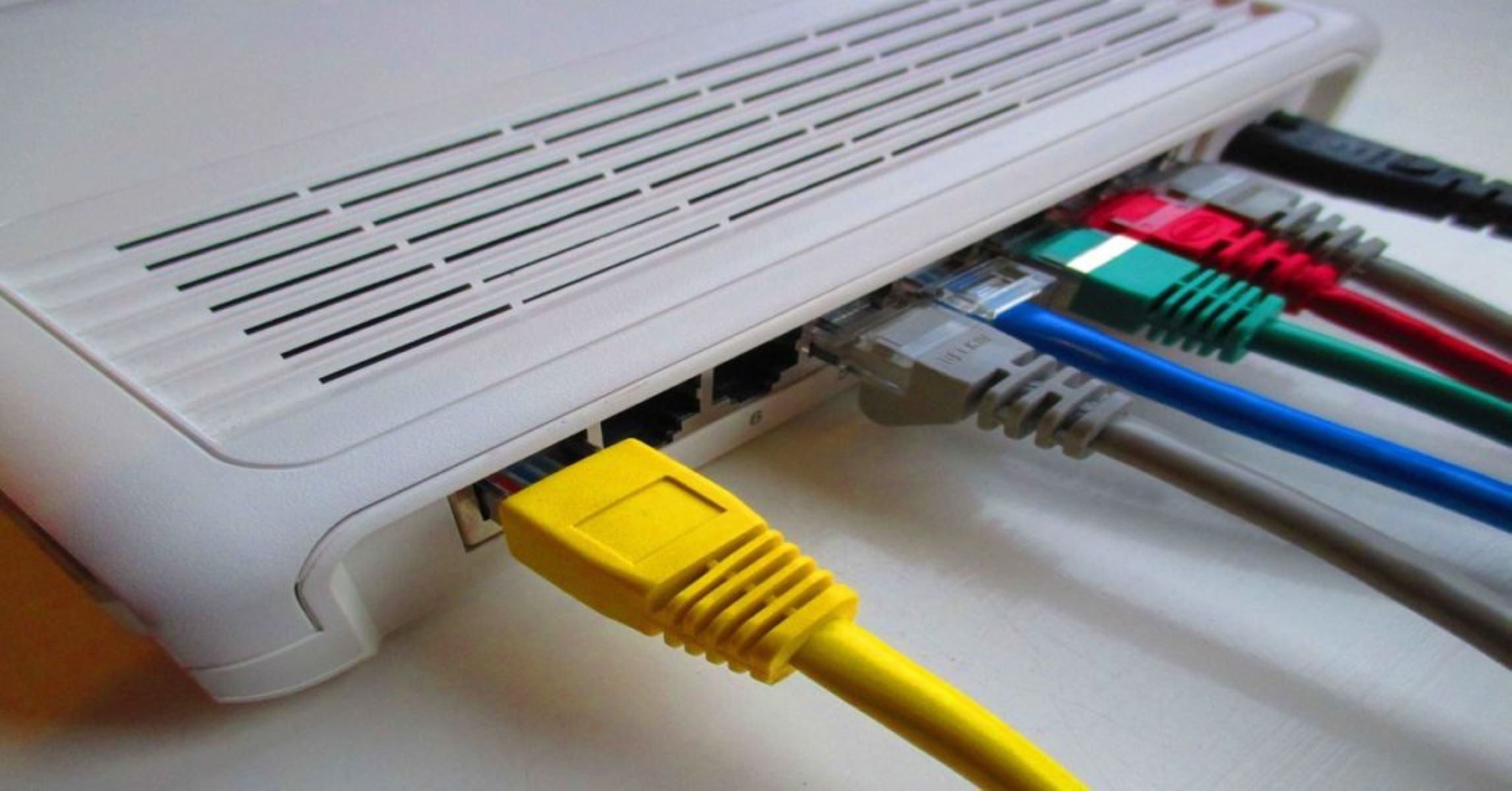Introduction
Ethernet, a widely used networking technology, enables devices to communicate over a local area network (LAN) or wide area network (WAN). Understanding the structure and components of an Ethernet frame is essential to grasp how data is transmitted and received.
In this article, we will explore the different fields that make up an 802.3 Ethernet frame. These fields contain crucial information about the source and destination of the data being transmitted. By understanding these fields, network engineers and administrators can troubleshoot issues, optimize network performance, and ensure seamless connectivity.
Whether you are new to networking or looking to enhance your knowledge, this article will provide a comprehensive overview of the three main fields found in an Ethernet frame, namely the Preamble, Destination MAC Address, and Source MAC Address fields.
So, let’s dive in and explore the intricacies of an Ethernet frame, unraveling its various fields and their significance in facilitating efficient data transmission and reception across networks.
Ethernet Frame Basics
Before delving into the specific fields of an Ethernet frame, let’s establish a basic understanding of what an Ethernet frame is and its purpose in network communication.
An Ethernet frame is a structured unit of data that facilitates the transmission of information between devices on a network. It serves as the foundation for data encapsulation and ensures reliable data transfer across physical network connections. Each Ethernet frame consists of multiple fields, with each field serving a distinct purpose in the transmission process.
The Ethernet frame is composed of a header and a trailer. The header contains the fields responsible for addressing and controlling the transmission, while the trailer encompasses the Frame Check Sequence (FCS) field for error detection.
Ethernet frames come in various formats and sizes, with the most common being the 802.3 standard. This standard specifies the Ethernet frame structure and defines the field formats to ensure interoperability among different network devices.
Now that we have a general understanding of the Ethernet frame, let’s proceed to explore the specific fields that are essential for transmitting data correctly.
Field 1: Preamble
The Preamble field is the first field in an Ethernet frame and serves an essential role in frame synchronization. It consists of a sequence of alternating 1s and 0s, which allows receiving devices to detect the beginning of a new frame and synchronize their clocks with the incoming data.
The Preamble field helps in establishing communication between devices by providing a period of signal transition, allowing the receiver to synchronize its timing with the sender. It serves as a precursor to the actual data transmission and sets the stage for reliable data transfer.
In an 802.3 Ethernet frame, the Preamble field consists of 8 bytes or 64 bits. The first 7 bytes contain the alternating pattern of 1s and 0s, while the 8th byte contains the Start Frame Delimiter (SFD), which consists of a specific bit sequence (10101011) to denote the end of the Preamble field.
During transmission, the Preamble field is added by the sender and stripped off by the receiver. It does not contain any significant data but is vital for maintaining proper synchronization between devices on the network.
The Preamble field plays a crucial role in the reliable transmission of data over Ethernet, ensuring that all devices involved in the communication process are aligned and ready to exchange information. By providing synchronization, it helps prevent data corruption and loss, thus contributing to the overall efficiency and reliability of Ethernet networks.
Now that we have explored the importance of the Preamble field, let’s move on to the next field in an Ethernet frame: the Destination MAC Address.
Field 2: Destination MAC Address
The Destination MAC Address field is a critical component of an Ethernet frame responsible for identifying the intended recipient of the data being transmitted. The MAC (Media Access Control) Address is a unique identifier assigned to each network interface card (NIC) in a device. By specifying the destination MAC address, the sender ensures that the data reaches the intended recipient.
In an 802.3 Ethernet frame, the Destination MAC Address field is 6 bytes or 48 bits long. It is placed immediately after the Preamble field and is followed by the Source MAC Address field. The Destination MAC Address is written in hexadecimal notation and is typically represented as a series of six pairs of digits separated by colons or hyphens.
When a device receives an Ethernet frame, it examines the Destination MAC Address to determine if it matches the MAC Address of its own network interface. If there is a match, the device processes the received data; otherwise, it ignores the frame.
It’s important to note that the Destination MAC Address can be a unicast, multicast, or broadcast address. A unicast address is when the frame is intended for a specific device, while a multicast address is used to address a group of devices. A broadcast address is used to send a frame to all devices on the network.
The Destination MAC Address field plays a vital role in directing Ethernet frames to their intended recipients. It ensures that network communication is precise and efficient, enabling devices to receive the relevant data required for proper functioning.
Now that we have explored the Destination MAC Address field, let’s move on to the next field in an Ethernet frame: the Source MAC Address.
Field 3: Source MAC Address
The Source MAC Address field is another crucial element of an Ethernet frame. It identifies the network interface card (NIC) that is responsible for transmitting the data. This field provides the recipient device with the information necessary to send a response or establish a connection with the sender if needed.
Similar to the Destination MAC Address, the Source MAC Address field in an 802.3 Ethernet frame is 6 bytes or 48 bits long. It immediately follows the Destination MAC Address field. The Source MAC Address is also written in hexadecimal notation, typically displayed as a series of six pairs of digits separated by colons or hyphens.
The Source MAC Address is unique to each network interface card and is assigned during its manufacturing. It serves as the device’s unique identifier on the network and allows other devices to differentiate between multiple sources.
When an Ethernet frame is received, the Source MAC Address helps the recipient device recognize where the data is coming from. This information can be used to establish a connection, route responses, or determine the origin of the transmitted data.
It’s important to note that the Source MAC Address is not altered during the transmission process. It remains constant, ensuring that the recipient device can accurately identify the sender and maintain proper communication.
The Source MAC Address field is essential for efficient network communication. It enables devices to identify the source of incoming data and facilitates further interaction or response if required. By including this field in an Ethernet frame, the sender ensures that the recipient can maintain a reliable and accurate record of the data’s origin.
Now that we have explored the Source MAC Address field, let’s move on to the next field in an Ethernet frame: the EtherType field.
Field 4: EtherType
The EtherType field, also known as the Ethernet Type field, is a fundamental component of an Ethernet frame that specifies the protocol or type of the encapsulated data. This field plays a crucial role in determining how the recipient device should handle the received frame and interpret the data payload.
In an 802.3 Ethernet frame, the EtherType field occupies 2 bytes or 16 bits. It immediately follows the Source MAC Address field. The EtherType field value represents a specific protocol or data type. For example, it can indicate if the frame contains an IPv4 packet, an IPv6 packet, an Address Resolution Protocol (ARP) request or response, or even a custom protocol specific to a particular network.
When a device receives an Ethernet frame, it examines the EtherType field to determine how to handle the encapsulated data. By referencing the EtherType value, the recipient device can identify the appropriate protocol or processing mechanism required to interpret the payload correctly.
The EtherType field allows for the flexibility and compatibility of Ethernet frames across different networking protocols. It ensures that network devices can effectively communicate and exchange data regardless of the specific protocol being used.
It’s worth noting that the EtherType field can also be used for other purposes, such as indicating the presence of a VLAN (Virtual Local Area Network) tag or specifying a control frame type in certain specialized Ethernet networks.
The EtherType field is a crucial element of an Ethernet frame as it provides the necessary information for the recipient device to understand and process the encapsulated data correctly. By including this field, Ethernet frames can support a wide range of protocols and enable seamless communication across diverse network environments.
Now that we have explored the EtherType field, let’s move on to the next field in an Ethernet frame: the Data field.
Field 5: Data
The Data field, also known as the Payload field, is where the actual information or data being transmitted is encapsulated within an Ethernet frame. It follows the EtherType field and contains the payload of the frame, which can vary depending on the specific protocol or application.
The length of the Data field can range from 46 to 1500 bytes. However, in some cases, it can be smaller or larger, depending on factors such as the network configuration or the specific protocols being employed.
The content of the Data field is determined by the EtherType value specified in the previous field. For example, if the EtherType indicates an IPv4 packet, the Data field will contain the IPv4 header and the associated payload. Similarly, if the EtherType indicates an ARP packet, the Data field will include the ARP header and data.
The Data field can contain a wide variety of information, including text, images, audio, video, or any other type of data that needs to be transmitted across the network. The specific structure and format of the data within the Data field are dictated by the protocol being used.
It’s important to note that the Data field does not include any additional framing or encapsulation. It represents the actual payload of the frame without any extra headers or overheads. This ensures that the encapsulated data can be directly processed by the recipient device.
The Data field is the heart of an Ethernet frame, carrying the essential information that needs to be transmitted between network devices. It serves as the carrier for various protocols and data types, enabling seamless communication and efficient data exchange across networks.
Now that we have discussed the Data field, let’s move on to the final field in an Ethernet frame: the Frame Check Sequence (FCS) field.
Field 6: FCS (Frame Check Sequence)
The Frame Check Sequence (FCS) field is a crucial component of an Ethernet frame that ensures the integrity of the transmitted data and detects any potential errors or corruption that may have occurred during transmission. It follows the Data field and is the final field in an Ethernet frame.
The FCS field is a sequence of bits generated by a specific algorithm, such as the cyclic redundancy check (CRC). It is calculated based on the contents of the entire Ethernet frame, including the header, payload, and other fields. This calculation is performed by the sender before transmission and verified by the recipient upon receiving the frame.
When the recipient device receives an Ethernet frame, it recalculates the FCS field based on the received data and compares it to the original FCS value that was included in the frame. If the calculated FCS matches the received FCS, it indicates that the data was successfully transmitted without any errors. However, if there is a mismatch, it suggests that errors or corruption may have occurred during transmission, and the frame is discarded.
The FCS field is essential for ensuring the reliability of data transmission in Ethernet networks. It provides a mechanism for error detection and guarantees the accuracy of the received data. By using the FCS field, network devices can identify and discard frames with errors, preventing the forwarding of corrupted or compromised data.
It’s important to note that the FCS field is added to the Ethernet frame by the sender and is verified by the recipient. It does not affect the payload or the content of the Data field and is transparent to the upper-layer protocols.
The FCS field is a critical element in maintaining the integrity and reliability of data transmission in Ethernet networks. It ensures that the received data is free from errors or corruption, allowing for efficient and accurate communication between network devices.
With the FCS field, Ethernet frames can be transmitted with confidence, knowing that error detection mechanisms are in place to safeguard the integrity of the data.
Conclusion
Understanding the various fields in an 802.3 Ethernet frame is essential for anyone involved in networking. These fields, including the Preamble, Destination MAC Address, Source MAC Address, EtherType, Data, and FCS, work together to ensure the reliable transmission and reception of data across networks.
The Preamble field enables frame synchronization, allowing devices to align their clocks and establish communication. The Destination MAC Address field specifies the intended recipient of the data, ensuring accurate delivery. The Source MAC Address field identifies the sender, facilitating proper communication and response if needed. The EtherType field denotes the protocol or type of data within the frame, guiding the recipient’s processing mechanisms. The Data field carries the actual payload of the frame, encompassing various information or data types. Finally, the FCS field serves as an error detection mechanism, ensuring the integrity of the transmitted data.
By understanding these fields and their roles in the Ethernet frame, network engineers and administrators can troubleshoot issues, optimize network performance, and ensure seamless connectivity. It is essential to maintain the accuracy and integrity of these fields to ensure the reliable transmission and reception of data across networks.
As technology continues to advance, Ethernet frames may evolve, and new fields may be introduced to accommodate new protocols and requirements. However, the underlying principles of addressing, synchronization, and error detection will remain fundamental to the functioning of Ethernet networks.
In conclusion, a solid understanding of the fields within an Ethernet frame empowers network professionals to design, deploy, and maintain efficient network infrastructures. By grasping the significance and functionality of each field, they can optimize network performance and ensure reliable communication in the ever-evolving world of networking.







